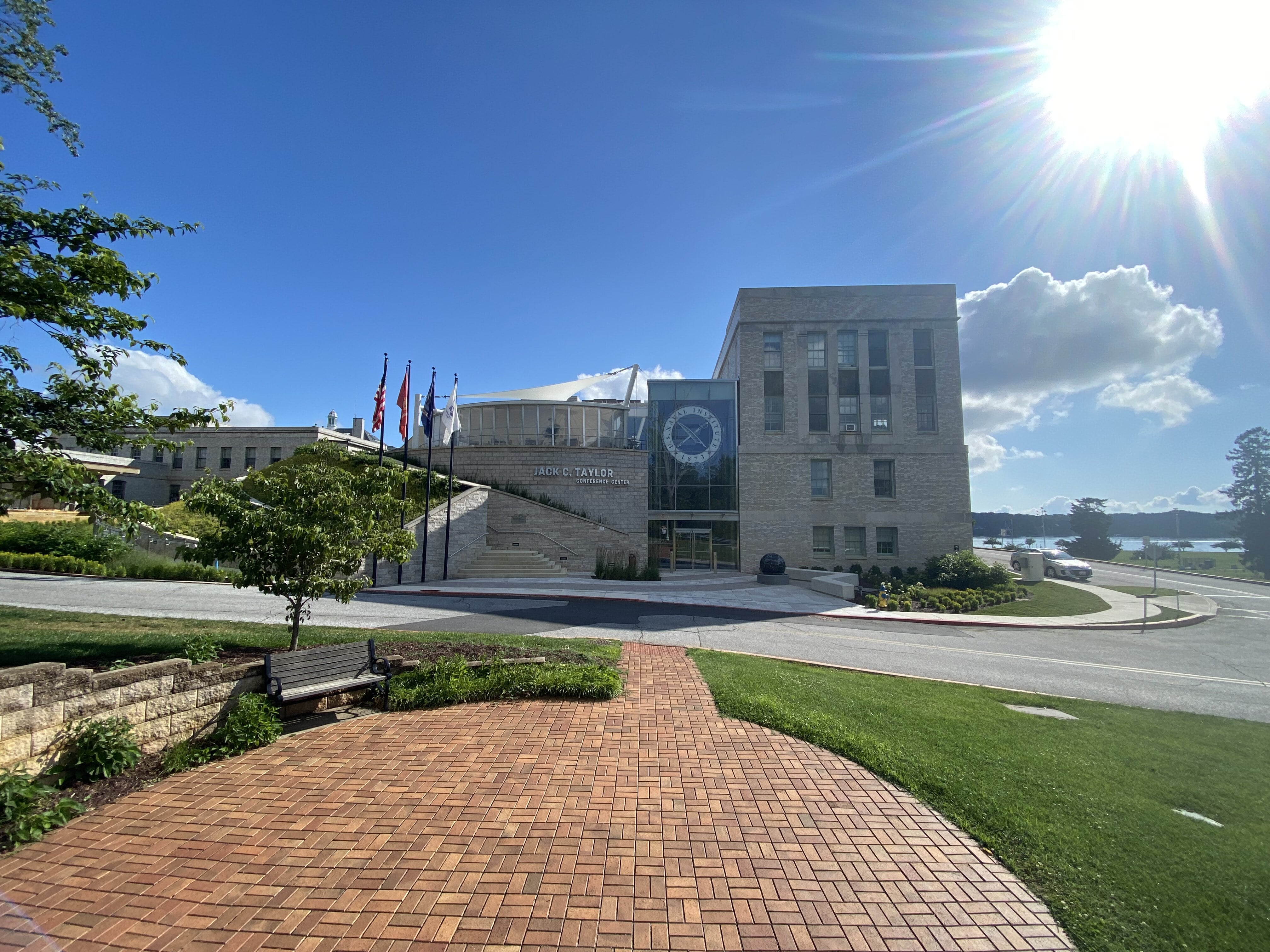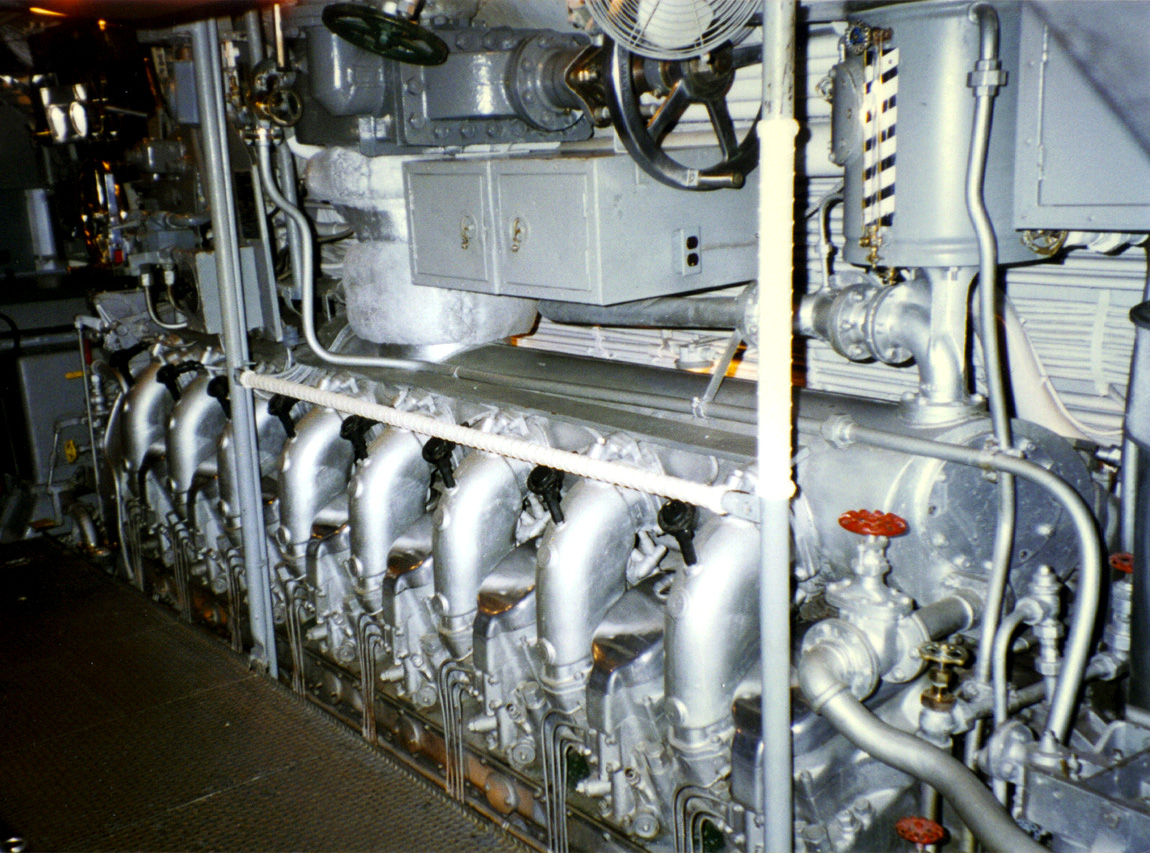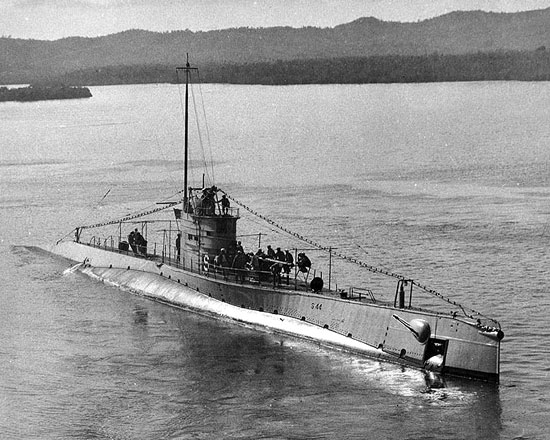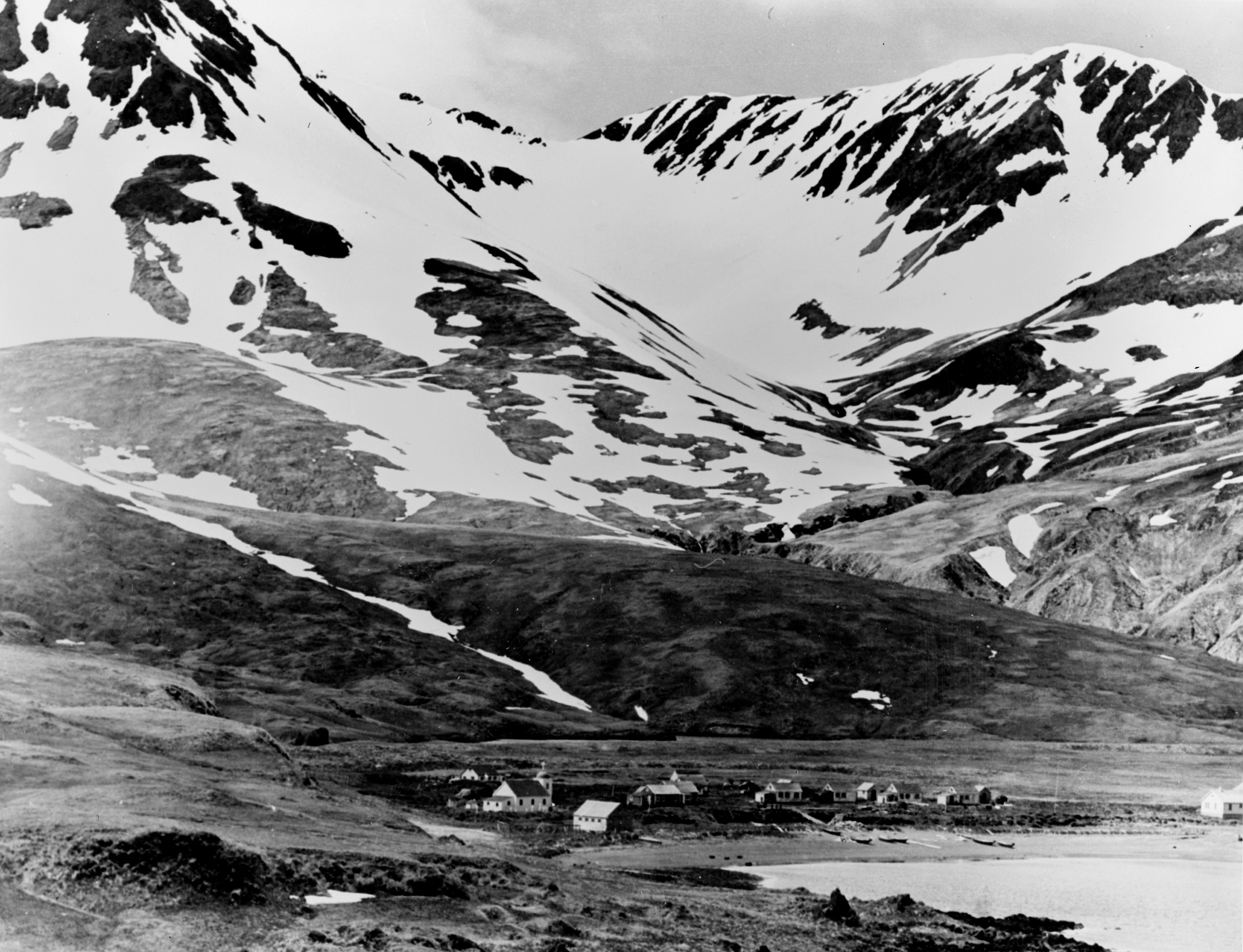|
Aleutian World War II National Historic Area
The Aleutian World War II National Historic Area is a U.S. National Historic Site on Amaknak Island in the Aleutian Islands, Aleutian Island Chain of Alaska. It offers visitors a glimpse of both natural and cultural history, and traces the historic footprints of the U.S. Army Base, Fort Schwatka, located at the Ulakta Head on Mount Ballyhoo. The fort, 800 miles west of Anchorage, Alaska, Anchorage, the nearest large urban center, was one of four coastal defense posts built to protect Dutch Harbor (crucial back door to the United States) during World War II; Fort Schwatka is also the highest coastal artillery, coastal battery ever constructed in the United States. The other Army coastal defense facilities were Fort Mears, Fort Learnard, and Fort Brumback. Engineers designed the concrete observation posts and command stations to withstand earthquakes and 100 mph winds. Although today, many of the bunkers and wooden structures of Fort Schwatka have collapsed, the gun mounts and lo ... [...More Info...] [...Related Items...] OR: [Wikipedia] [Google] [Baidu] |
Unalaska
Unalaska ( ale, Iluulux̂; russian: Уналашка) is the chief center of population in the Aleutian Islands. The city is in the Aleutians West Census Area, a regional component of the Unorganized Borough in the U.S. state of Alaska. Unalaska is located on Unalaska Island and neighboring Amaknak Island in the Aleutian Islands off mainland Alaska. The population was 4,254 at the 2020 United States census, 2020 census, which is 81% of the entire Aleutians West Census Area. Unalaska is the second largest city in the Unorganized Borough, behind Bethel, Alaska, Bethel. The Aleut people, Aleut (Unangan) people have lived on Unalaska Island for thousands of years. The Unangan, who were the first to inhabit the island of Unalaska, named it "Ounalashka", meaning "near the peninsula". The Alaska Native corporation, regional native corporation has adopted this moniker, and is known as the Ounalashka Corporation. The Russian maritime fur trade#Russia, fur trade reached Unalaska when Stepa ... [...More Info...] [...Related Items...] OR: [Wikipedia] [Google] [Baidu] |
Purchase Of Alaska
The Alaska Purchase (russian: Продажа Аляски, Prodazha Alyaski, Sale of Alaska) was the United States' acquisition of Alaska from the Russian Empire. Alaska was formally transferred to the United States on October 18, 1867, through a treaty ratified by the United States Senate. Russia had established a presence in North America during the first half of the 18th century, but few Russians ever settled in Alaska. In the aftermath of the Crimean War, Russian Tsar Alexander II began exploring the possibility of selling Alaska, which would be difficult to defend in any future war from being conquered by Russia's archrival, the United Kingdom of Great Britain and Ireland. Following the end of the American Civil War, U.S. Secretary of State William Seward entered into negotiations with Russian minister Eduard de Stoeckl for the purchase of Alaska. Seward and Stoeckl agreed to a treaty on March 30, 1867, and the treaty was ratified by the United States Senate by a wide margin. ... [...More Info...] [...Related Items...] OR: [Wikipedia] [Google] [Baidu] |
Annapolis, Maryland
Annapolis ( ) is the capital city of the U.S. state of Maryland and the county seat of, and only incorporated city in, Anne Arundel County. Situated on the Chesapeake Bay at the mouth of the Severn River, south of Baltimore and about east of Washington, D.C., Annapolis forms part of the Baltimore–Washington metropolitan area. The 2020 census recorded its population as 40,812, an increase of 6.3% since 2010. This city served as the seat of the Confederation Congress, formerly the Second Continental Congress, and temporary national capital of the United States in 1783–1784. At that time, General George Washington came before the body convened in the new Maryland State House and resigned his commission as commander of the Continental Army. A month later, the Congress ratified the Treaty of Paris of 1783, ending the American Revolutionary War, with Great Britain recognizing the independence of the United States. The city and state capitol was also the site of the 1786 An ... [...More Info...] [...Related Items...] OR: [Wikipedia] [Google] [Baidu] |
Naval Institute Press
The United States Naval Institute (USNI) is a private non-profit military association that offers independent, nonpartisan forums for debate of national security issues. In addition to publishing magazines and books, the Naval Institute holds several annual conferences. The Naval Institute is based in Annapolis, Maryland. Established in 1873, the Naval Institute claimed "almost 50,000 members" in 2020, mostly active and retired personnel of the United States Navy, Marine Corps, and Coast Guard. The organization also has members in over 90 countries. The organization has no official or funding ties to the United States Naval Academy or the U.S. Navy, though it is based on the grounds of the Naval Academy through permission granted by a 1936 Act of Congress. History The U.S. Naval Institute was formed on October 9, 1873 by fifteen naval officers gathered at the U.S. Naval Academy's Department of Physics and Chemistry building in Annapolis to discuss, among other topics, the impli ... [...More Info...] [...Related Items...] OR: [Wikipedia] [Google] [Baidu] |
Gato-class Submarine
The ''Gato'' class of submarines was built for the United States Navy and launched in 1941–1943; they were the first mass-production U.S. submarine class of World War II. Together with their near-sisters the and es, their design formed the majority of the United States Navy's World War II submarine fleet.Typical Gato-class submarine diagram USS ''MacKinnon'' website Named after the of the class, , the ''Gato''s and their successors formed the core of the submarine service that was largely responsible for the destruction of the Japanese merchant marine and a large portion of the Imperial Japanese Navy in |
United States S-class Submarine
The United States' S-class submarines, often simply called S-boats (sometimes "Sugar" boats, after the then-contemporary Navy phonetic alphabet for "S"), were the first class of submarines with a significant number built to United States Navy designs. They made up the bulk of the USN submarine service in the interwar years and could be found in every theater of operations. While not considered "Fleet Submarines" in the traditional sense of that term, they were the first submarines in the USN designed for open ocean, blue water operations. All previous submarines had been intended for harbor or coastal defense. These boats were intended to have greater speed and range than previous classes, with improved habitability and greater armament. The S-class were designed during World War I, but not completed until after the war. Many boats of the class remained in service through World War II. The United States Navy commissioned 51 S-class submarines from 1920 to 1925. The first boat in ... [...More Info...] [...Related Items...] OR: [Wikipedia] [Google] [Baidu] |
Dutch Harbor Naval Operating Base And Fort Mears, U
Dutch commonly refers to: * Something of, from, or related to the Netherlands * Dutch people () * Dutch language () Dutch may also refer to: Places * Dutch, West Virginia, a community in the United States * Pennsylvania Dutch Country People Ethnic groups * Germanic peoples, the original meaning of the term ''Dutch'' in English ** Pennsylvania Dutch, a group of early Germanic immigrants to Pennsylvania *Dutch people, the Germanic group native to the Netherlands Specific people * Dutch (nickname), a list of people * Johnny Dutch (born 1989), American hurdler * Dutch Schultz (1902–1935), American mobster born Arthur Simon Flegenheimer * Dutch Mantel, ring name of American retired professional wrestler Wayne Maurice Keown (born 1949) * Dutch Savage, ring name of professional wrestler and promoter Frank Stewart (1935–2013) Arts, entertainment, and media Fictional characters * Dutch (''Black Lagoon''), an African-American character from the Japanese manga and anime ''Black L ... [...More Info...] [...Related Items...] OR: [Wikipedia] [Google] [Baidu] |
Battle Of Midway
The Battle of Midway was a major naval battle in the Pacific Theater of World War II that took place on 4–7 June 1942, six months after Japan's attack on Pearl Harbor and one month after the Battle of the Coral Sea. The U.S. Navy under Admirals Chester W. Nimitz, Frank J. Fletcher, and Raymond A. Spruance defeated an attacking fleet of the Imperial Japanese Navy under Admirals Isoroku Yamamoto, Chūichi Nagumo, and Nobutake Kondō north of Midway Atoll, inflicting devastating damage on the Japanese fleet. Military historian John Keegan called it "the most stunning and decisive blow in the history of naval warfare", while naval historian Craig Symonds called it "one of the most consequential naval engagements in world history, ranking alongside Salamis, Trafalgar, and Tsushima Strait, as both tactically decisive and strategically influential". Hoping to lure the American aircraft carriers into a trap and occupying Midway was part of an overall "barrier" strategy to extend ... [...More Info...] [...Related Items...] OR: [Wikipedia] [Google] [Baidu] |
Japanese Occupation Of Kiska
The Japanese occupation of Kiska took place between 6 June 1942 and 28 July 1943 during the Aleutian Islands Campaign of the American Theater and the Pacific Theater of World War II. The Japanese occupied Kiska and nearby Attu Island in order to protect the northern flank of the Japanese Empire. Along with the Attu landing the next day, it was the first time that the United States was occupied by a foreign power since the War of 1812, and was one of the two invasions of the United States during World War II. Background For the Imperial Navy, the North Pacific had a vast frontage from North-Kuril Islands to Minami-Tori-shima, and patrols in this vast sea area with few islands had not been easy. The Imperial Navy Fifth Fleet, which conducted patrols of the ocean off east of Japan, had begun to advocate since the end of January 1942 that the Imperial Navy occupy the western Aleutian Islands and advance the patrol line. In addition, the air raid on Minami-Tori-shima by the US Ta ... [...More Info...] [...Related Items...] OR: [Wikipedia] [Google] [Baidu] |
Japanese Occupation Of Attu
The Japanese occupation of Attu was the result of an invasion of the Aleutian Islands in Alaska during World War II. Imperial Japanese Army troops landed on 7 June 1942 the day after the invasion of Kiska. The invasions on Attu Island and Kiska were conducted under the AL operation in the Japanese military. (For background and purpose, see Japanese occupation of Kiska.) Along with the Kiska landing, it was the first time that the continental United States was invaded and occupied by a foreign power since the War of 1812, and was the second of the only two invasions of the United States during World War II. The occupation ended with the Allied victory in the Battle of Attu on 30 May 1943. Occupation In May 1942, the Japanese began near-simultaneous campaigns against Midway, and the Aleutians, thus beginning the Aleutian Islands Campaign. During the Battle of Midway, Japanese forces were repulsed in a decisive action, meanwhile, on 7 June, Japanese naval forces under Boshirō Ho ... [...More Info...] [...Related Items...] OR: [Wikipedia] [Google] [Baidu] |
Invasion Of The United States
The concept of an invasion of the United States relates to military theory and doctrine which address the feasibility and practicality of a foreign power attacking and successfully invading the United States. The country has been physically invaded on several occasions—once during the War of 1812, once during the Mexican–American War, several times during the Mexican Border War, and three times during World War II, two of which were air attacks on American soil. During the Cold War, most of the US military strategy was geared towards repelling an attack by the Warsaw Pact against NATO allies in Europe. Early attacks The military history of the United States began with a foreign power on US soil: the British Army during the American Revolutionary War. After American independence, the next attack on American soil was during the War of 1812, also with Britain, the first and only time since the end of the Revolutionary War in which a foreign power occupied the American capital ( ... [...More Info...] [...Related Items...] OR: [Wikipedia] [Google] [Baidu] |







